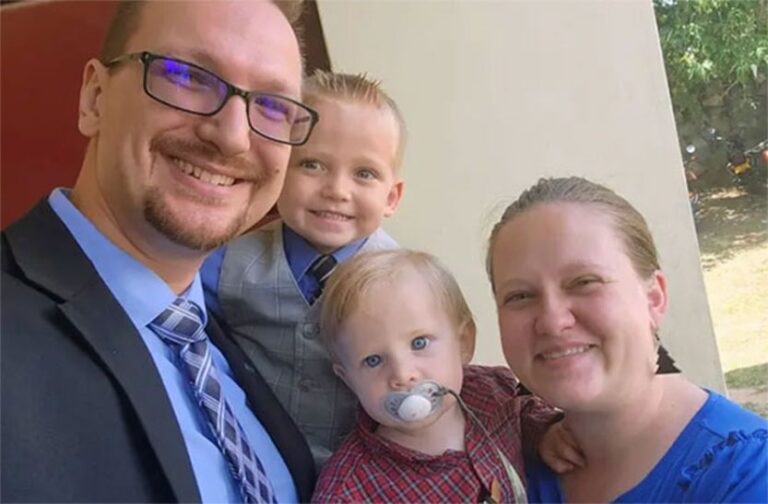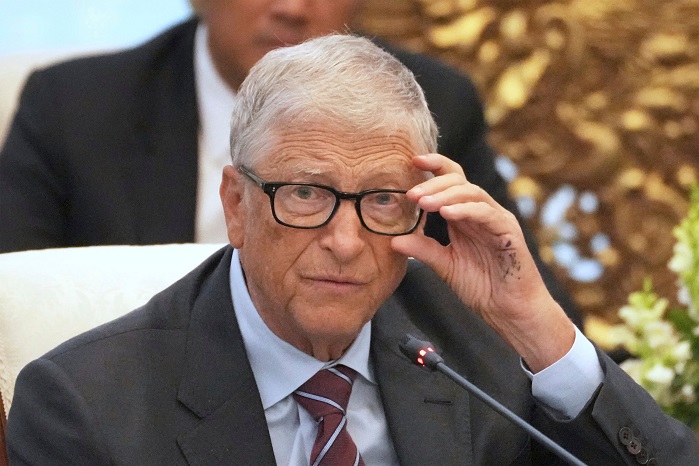
NRM presidential candidate President Yoweri Museveni (C) and Speaker of Parliament Anita Among pose for a photo with NUP and FDC supporters who defected to NRM during a campaign rally at Nabbongo Secondary
HABARI DAILY I Kampala, Uganda I President Yoweri Museveni has assured landslide victims in Bulambuli District of a dignified and permanent resettlement, reaffirming the government’s commitment to protecting communities living in disaster-prone areas along the Mt. Elgon slopes.
“The families are waiting to be resettled on 2,000 acres. Each family is to have two acres and 10 million shillings. And there is 50 billion shillings to buy more land. That’s the current arrangement,” Museveni said.
Also the National Resistance Movement (NRM) presidential flag bearer, Museveni made the remarks today during a campaign rally at Nabbongo Secondary School playground in Bulambuli District.
The pledge comes as part of an ongoing resettlement programme for victims of recurrent landslides that have ravaged the Mt. Elgon sub-region, especially in Bududa, Manafwa, Sironko, and Bulambuli districts.
Museveni reflected on the government’s longstanding policy of relocating people from dangerous mountainous areas, noting that it was driven by scientific and environmental concerns.
He likened deforestation and unplanned settlement on steep slopes to “undressing Mother Nature,” a metaphor he said underscored the importance of conserving forests and vegetation cover.
“When you see your mother naked, you’re already in danger,” Museveni said.
“We discouraged you from undressing Mother Nature through destroying forests and trees, which hold the soil together. Once you cut the trees, especially on steep land, the soil is washed away,” he emphasized.
The President recalled visiting Nametsi village in Bududa District in March 2010 after a massive landslide buried the entire village, killing at least 365 people and displacing thousands.
“I went myself to Nametsi in Bududa, where the whole village had been buried. It was terrible – as if the country had no people of knowledge. Now that people know the danger, we are going to work full steam to get people out of danger. The plan is to give people two acres plus ten million,” he assured.
The 2010 Nametsi tragedy, Uganda’s deadliest landslide on record, affected several villages, including Kubewo and Namakansa. The disaster became a turning point in the government’s disaster management policy, prompting the establishment of the Bunambutye Resettlement Camp in Bulambuli District.
The Minister for Relief, Disaster Preparedness and Refugees, Hon. Hilary Onek, who accompanied the President, said significant progress had been made in resettling victims.
“Our ministry has managed to rescue those from the disaster area; most of them are now kept in the settlement camps waiting for relocation to land,” Onek said.
“We have so far got 2,661 acres of land here, where we have started settling the families that are in the Bunambutye Resettlement Camp. Currently, we have 50 billion shillings to be used to buy more land to settle more families in Bulambutye.”
The President said the relocation programme aims to prevent further loss of life by moving people before disasters reoccur.
“The plan is to get out of danger before time. There are certain parts of the mountains where people should not settle. It is dangerous for them, for the future, and for the country.”
President Museveni also highlighted progress in education and health infrastructure, promising that all parishes without government primary schools and all sub-counties without government secondary schools would be catered for.
According to government data, Bulambuli District has 54 government primary schools and 71 private primary schools, alongside 12 government secondary schools and 6 private secondary schools. The district’s 123 parishes host only 54 government primary schools, leaving 69 parishes without one.
President Museveni said the government was addressing this gap through the construction of three new secondary schools, which will reduce sub-counties without government secondary schools from 14 to 11.
“Similarly, sub-counties without government secondary schools will get one. The policy is clear – one government primary school per parish and one secondary school per sub-county,” he said.
He further reaffirmed the commitment to strengthen the health sector by upgrading and constructing new health facilities.
Bulambuli currently has one Health Centre IV and 17 Health Centre IIIs out of 26 sub-counties. Eight sub-counties still lack any form of health facility.




